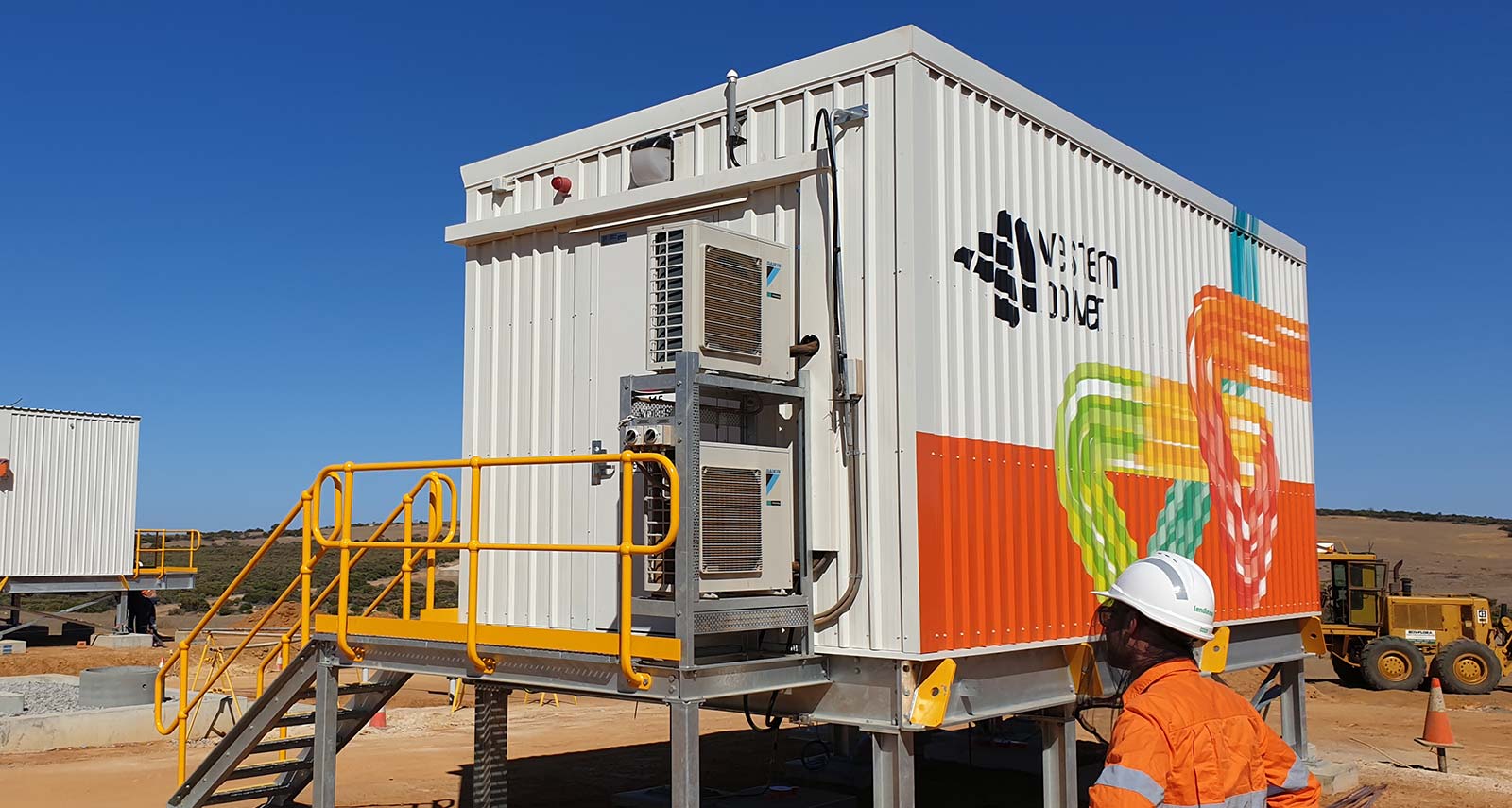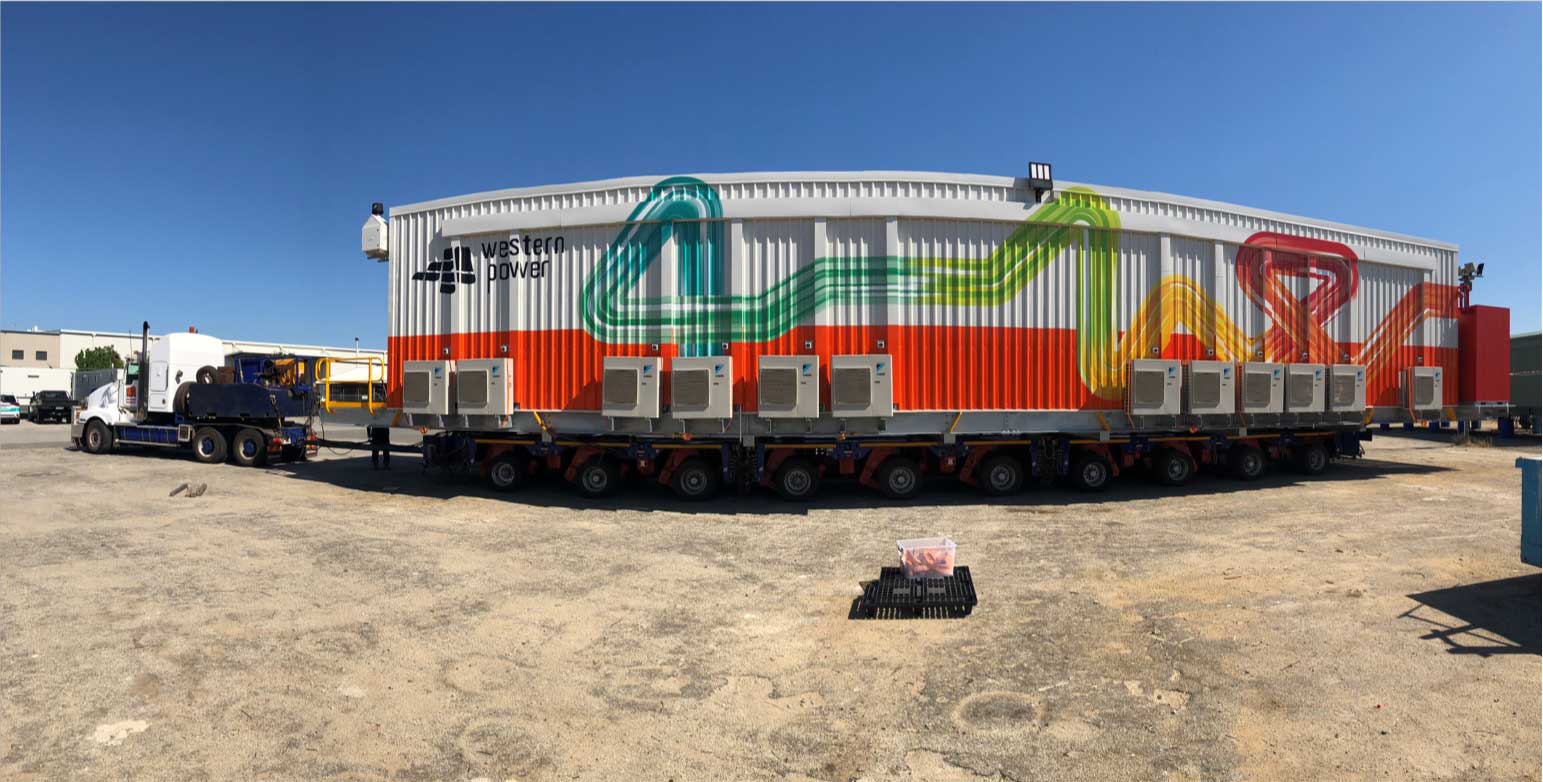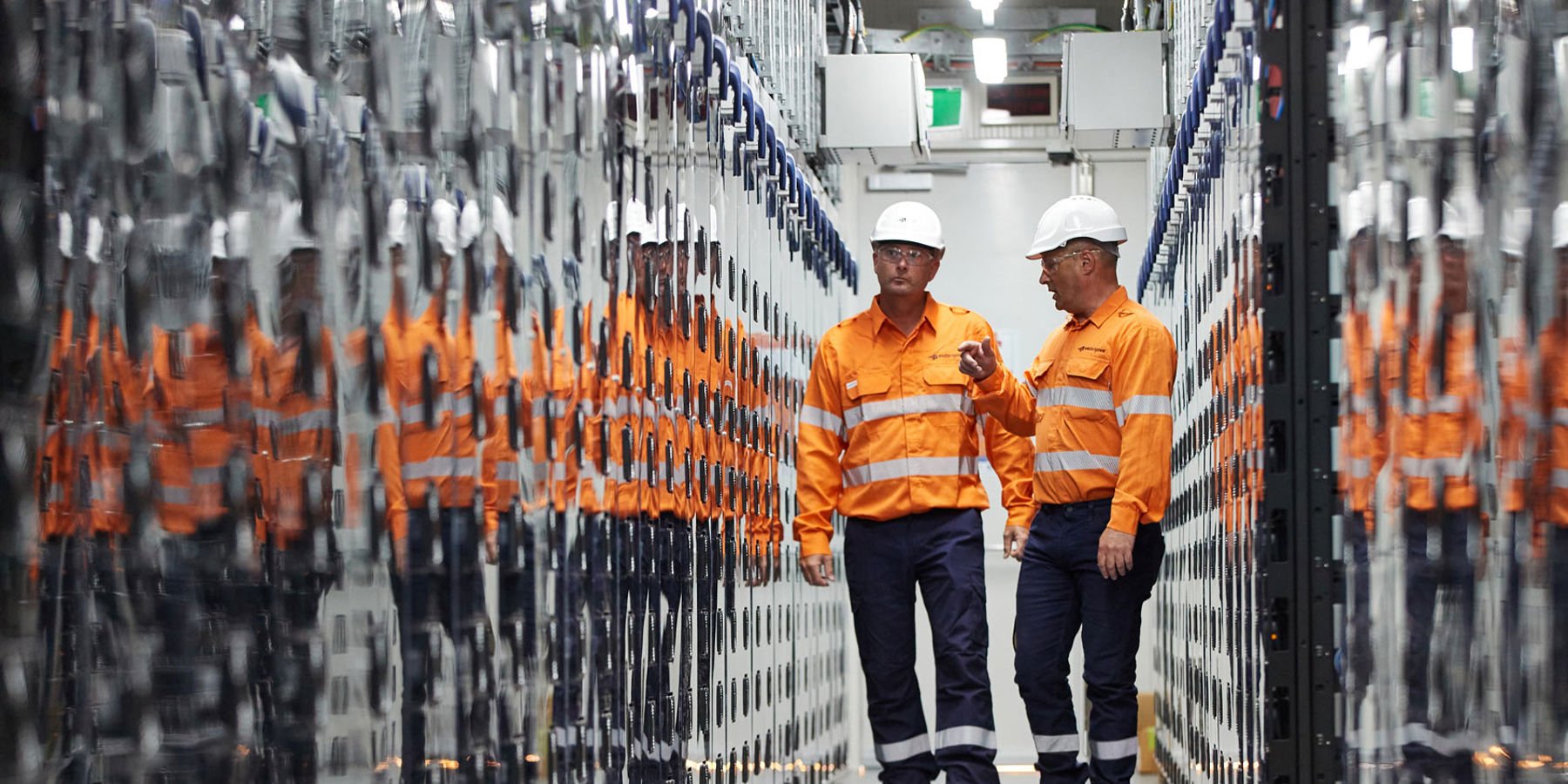Why microgrids are an exciting solution for regional WA
As the grid becomes more modular, expect to hear more about microgrids. Janica Lukas heads up our team working to make microgrids part of regional WA’s energy mix.
Microgrids are a very exciting solution to some of the issues we have in powering our regional areas. Combined with new technology such as batteries, they offer an robust solution to some of the issues we forecast on the network.
They’re of particular benefit for our rural WA customers, where the distances between the closest substation to the load that needs supply can be vast. This means the load on the end of sometimes thousands of kilometres of line is subject to any outages that may occur upstream such as lightning strikes, vegetation impacts and storms.
Another issue we have is that many poles in our network are coming to the end of their life.
Our choice is whether to spend many dollars replacing them to keep the network and power supply safe, or where possible, do something different that provides a better outcome and is more cost efficient.

This is where a microgrid solution comes in.
A microgrid can use localised and often renewable energy resources, like wind and solar power, to create small islands to power local community needs.
As the local generation and where the energy is needed are situated closely together, there is less opportunity for environmental influence on the system, lessening the faults that the customers experience compared to long lines. The battery, inverter and smart control systems optimise the operation of the new smaller grid resulting in a more reliable power source within that island.
A microgrid can either keep a connection to the main grid and only island when there is a disturbance, or it can be designed to run completely standalone and self-sufficient.
Although not all towns are suited to a microgrid and we get a lot of enquiries from regional areas, there are definitely areas of the network in regional WA where the network topology and a town at the edge of the feeder could suit microgrid technology.
We have already installed one microgrid in Perenjori and are in the process of installing a larger system in Kalbarri.
The Kalbarri microgrid will utilise wind, solar, a battery and the grid. It will help us understand more fully the costs and benefits of microgrid infrastructure, while immediately giving us a chance to improve power supply to Kalbarri residents. The local renewable generation is expected to be able to supply the town for most of the time if connection to the main grid is lost.
Perenjori is different in that it doesn’t have significant nearby generation supply, however its battery gives the town roughly four hours of important supply when the grid connection is lost, reducing power outages overall.
These two microgrids are providing great insights in how we model other microgrids and will feed into detailed studies of other potential locations.
If an area doesn’t suit a microgrid solution, there are other alternatives we can consider, like the very successful like the very successful SPS which are already being rolled out in batches across regional WA. In a way these operate like a little mini-microgrid for a single consumer.

Eventually, we envision a modular, autonomous grid utilising microgrids and SPS in most regional WA areas with interconnections to the main grid available where necessary.
It would be great if we could implement this vision tomorrow however, current battery, technology and implementation prices – which are high – plus the cost of replacing infrastructure that doesn’t yet need replacing, means we need to wait to ensure the cost balances out with the value.
To make sure we’re doing the right thing at the right time, our in-house tool Grid Transformation Engine (GTEng) is used to run scenario planning.
This helps us establish when is the optimal time to install microgrids and SPS to improve performance and be cost-effective.
Our modular grid future is well underway, providing better future power supplies for many of our regional customers, in a way that is efficient, makes great use of local resources and optimises our network infrastructure.
